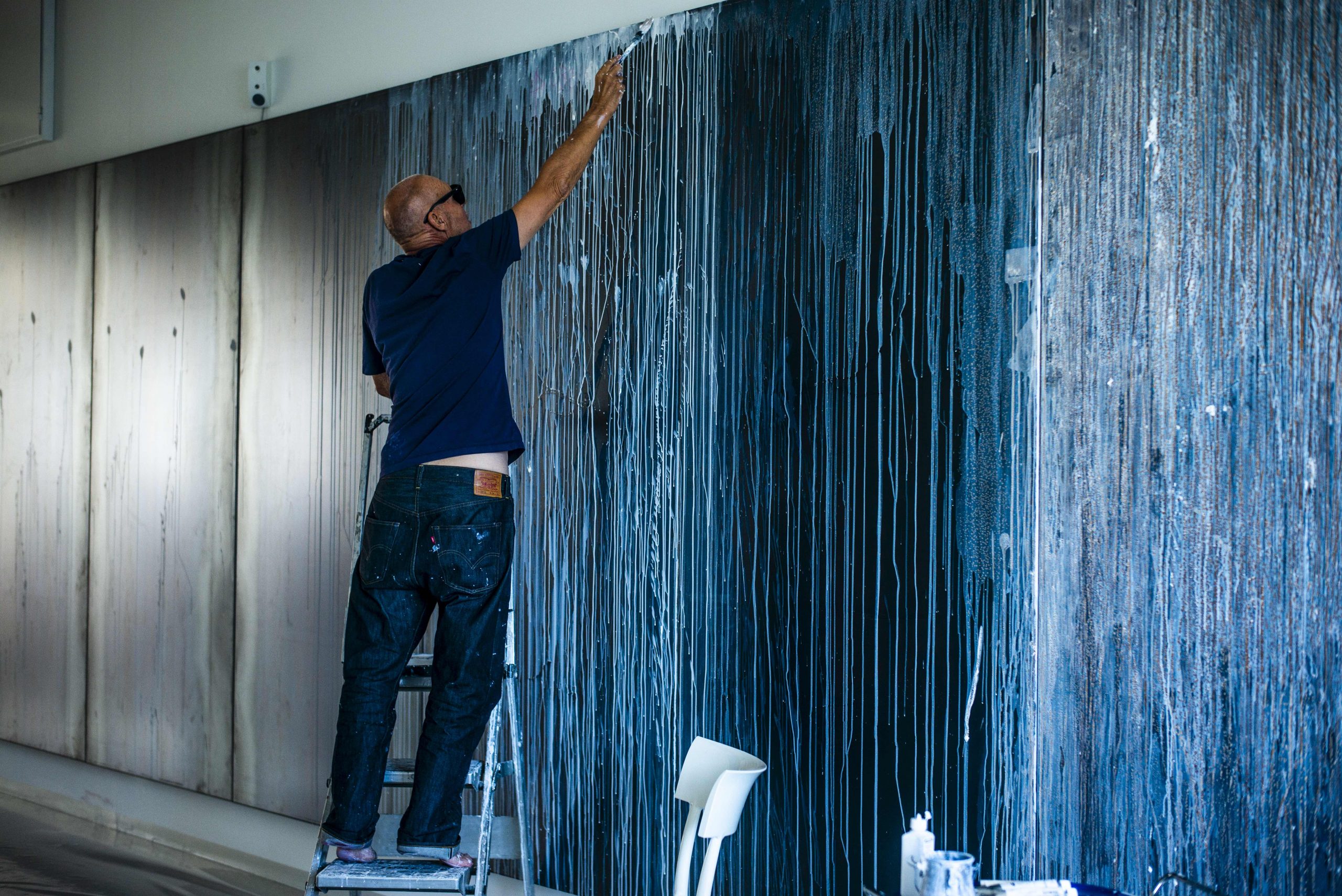Recently, Yenişafak Newspaper brought a case about Chora Museum to the agenda. According to the newspaper’s report, an association called Permanent Associations Historical Monuments and Service for the Environment opened a lawsuit for the conversion of the Chora Museum, which is one of the most visited historical sites in Istanbul, opening in 1945 as a mosque. The same association made similar attempts in the past years to convert Hagia Sophia into a mosque.
It is estimated that Chora Museum, located in the Edirnekapi district, also known as the Khora Monastery in the 6th century Byzantine Empire, was built around the same time as Hagia Sophia by the Emperor Justinian I. Part of a large complex, the monastery also had additional structures, such as a library, a hamam and a house for the blind when it was first built. The monastery was restored in the 11th century and some of its parts were re-built by the Komnenos Dynasty, and it was extensively repaired, expanded and decorated with mosaics and frescoes in 1303 after the Latin occupation. After the conquest of Istanbul, it is estimated to have been left empty for a while. One of the grand vizier’s of the Bayezid II period called Atik Ali Paşa, who died in 1511, converted the building to a mosque and included it in the foundation of a mosque he commissioned in Çemberlitaş.
However, Chora stands out from other Byzantine structures due to its frescoes and mosaics that prove the existence of three dimensional and realistic paintings parallel with the Renaissance period. So, it is not a surprise that these works weren’t hidden, instead they were kept open to visitors during the Ottoman period. Evliya Çelebi and some foreign travelers note that they saw the pictures inside the mosque and that they were closed with wooden shutters during prayer times. So, the mosaics and frescoes in the Chora Mosque have been preserved in the best way possible, surviving to this day. In 1876, the restoration of the mosque was given to a Greek architect named P. Kuppas who also cleaned the mosaics. During the years it was active as a mosque, the building attracted the attention of many foreign visitors, including the German Emperor Wilhelm II.
The Director of The American Byzantine Institute Thomas Whittemore had been conducting research on the mosaics of Hagia Sophia since 1932 and in 1948 he started to work on Chora. Upon the decision of the Council of Ministers on August 29th 1945, Chora was removed from the foundations and got incorporated into the museum.
The 10th Chamber of the Council of State rejected the case that demanded the museum to be converted to a mosque on the grounds that it was not unlawful to use the building as a museum. In the end, the plaintiff made an appeal and claimed that the Council of Minister’s decision, taken in 1945, was unlawful. The decision of the 10th Chamber of the Council of State was broken by the Council of State, which decided that the plaintiff should be justified and that the foundation structures should be used as registered, and the decision was sent to the Presidential Cabinet.
There is no need to remind that places of worship and buildings that have made history around the world are often used outside their main purpose as a museum to serve humanity. This decision taken by the Council of State should be similar for Hagia Sophia, and we hope that this structure which entered history, preserves its current status and continues its life, serving humanity.







